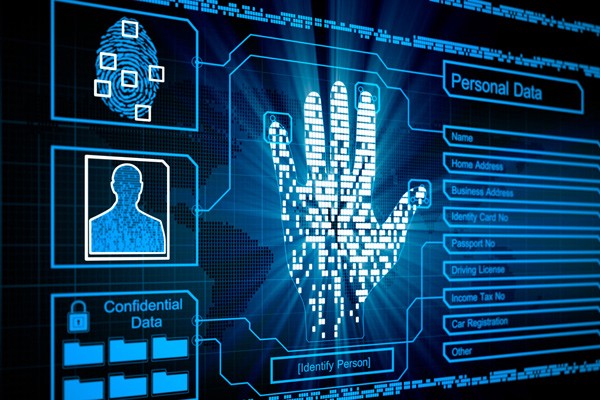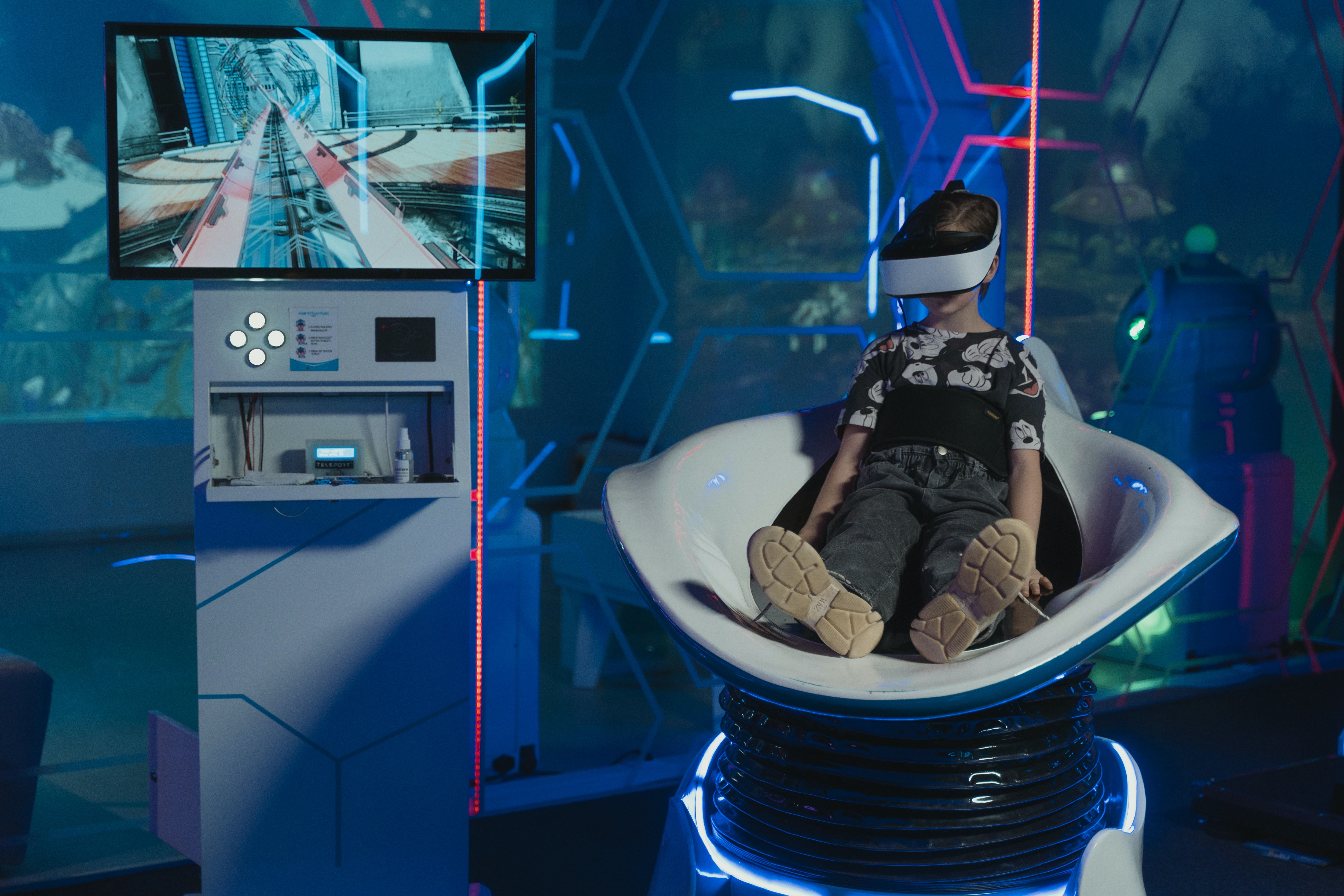
According to Forbes, by 2050, IoT technology will be in 95% of electronics for new product designs. And by 2050 it is expected to have everything connected to the cloud and to the internet. According to Business Insider, Space tourism could be feasible in 2050, but likely only for the very wealthy.
Developments in previously disjointed fields such as artificial intelligence and machine learning, robotics, nanotechnology, 3D printing and genetics and biotechnology are all building on and amplifying one another . . . On average, by 2020, more than a third of the desired core skill sets of most occupations will be comprised of skills that are not yet considered crucial to the job today.







